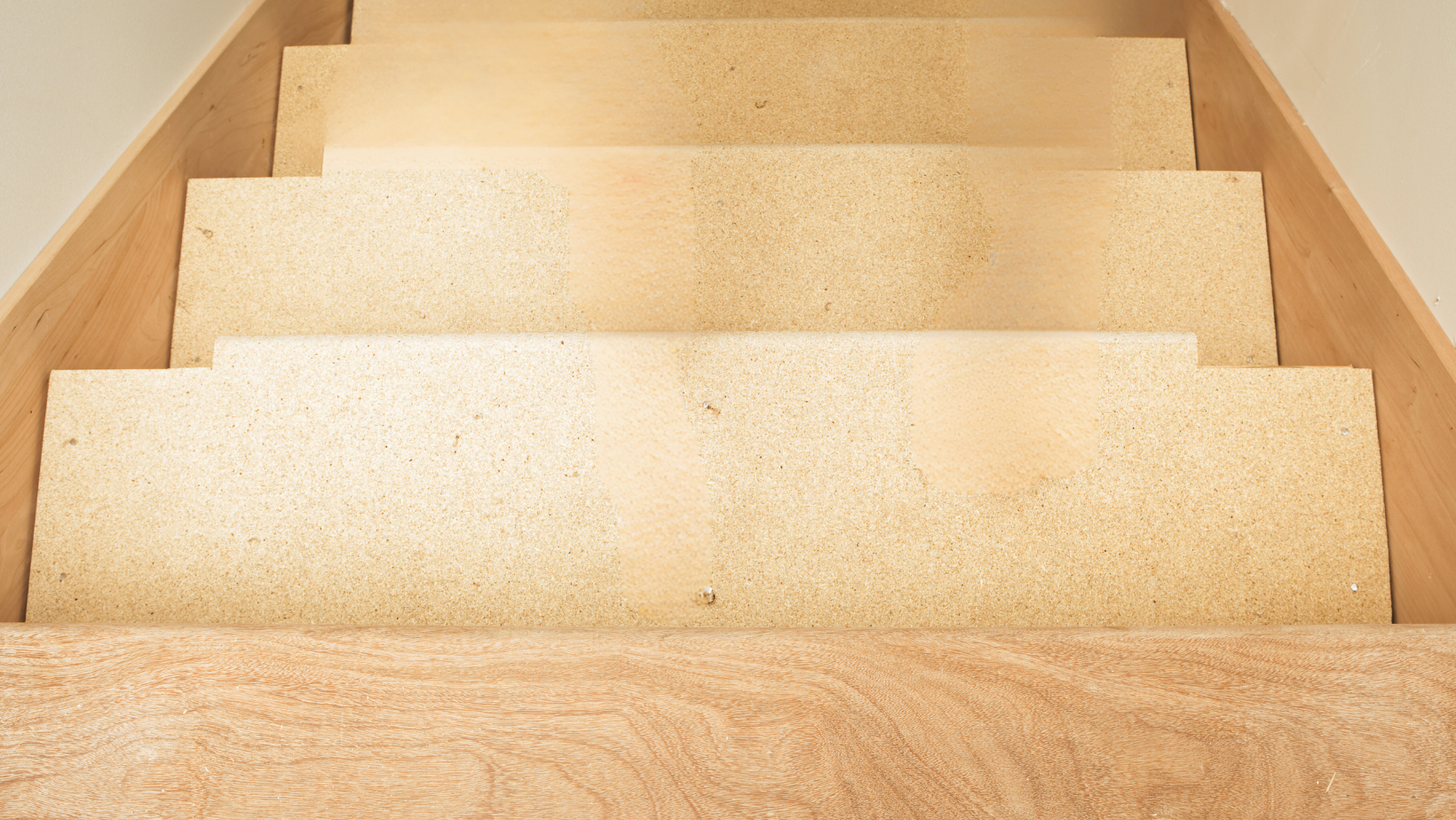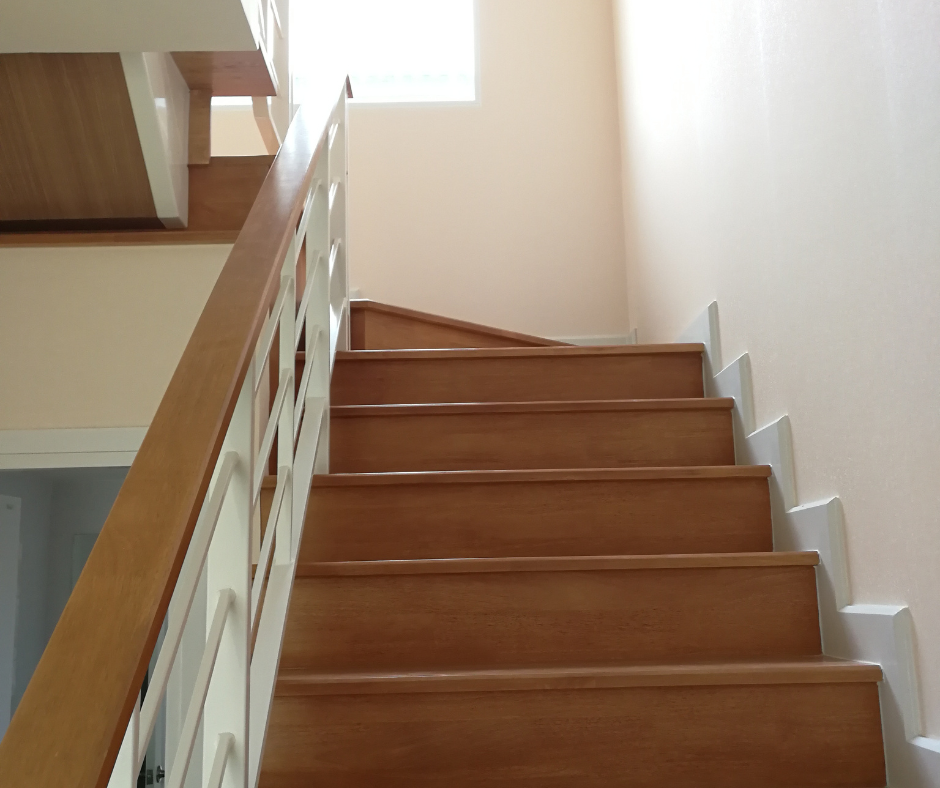Uncover the secrets of stair anatomy as we delve into the different parts of a stair and their functions. From the treads to the balusters, this informative piece will guide you through the essential components of a staircase and their roles in ensuring safety and functionality. Whether you're a homeowner looking to install carpet stair treads, or simply curious about the inner workings of stairs, this article is sure to enlighten and educate.
Parts of a stair:
-
Treads and risers
-
stringers and newel posts
-
Balusters and handrails
Introduction to Stair Anatomy
Understanding the anatomy of a staircase is crucial for homeowners, architects, and DIY enthusiasts alike, especially those looking to install DIY stair treads. By delving into the different parts of a stair and their functions, individuals can gain a deeper appreciation for the structural and design elements that make up this essential feature of a building.
The various components of a staircase work together to provide stability, safety, and aesthetic appeal. From the treads to the balusters, each part plays a vital role in ensuring that the staircase is not only functional but also visually appealing. In this article, we will explore the different parts of a stair and their functions, shedding light on the often-overlooked details that contribute to the overall design and safety of a staircase.
Treads and Risers
Treads are the horizontal parts of the staircase that provide a surface for stepping. They are designed to support the weight of individuals as they ascend or descend the stairs. The material used for treads can vary, with options including wood, metal, and stone. Each material offers unique aesthetic and durability properties, allowing homeowners and designers to choose based on their preferences and requirements.
Risers, on the other hand, are the vertical components that form the face of each step. While some staircases may have open risers, most traditional designs incorporate closed risers to provide additional support and safety. Stair dimensions are carefully regulated to ensure comfortable and safe stair usage, making them essential components of stair design and construction.
Stringers and Newel Posts
Stringers are the structural elements that support the treads and risers, providing the framework for the staircase. They can be visible on the sides of the stairs or hidden within the construction, depending on the design and aesthetic preferences. Stringers play a critical role in distributing the weight of the staircase and ensuring its stability, making them indispensable components of stair construction.
Newel posts, on the other hand, are the large posts that provide support and stability to the handrail. In addition to their structural function, newel posts also contribute to the visual appeal of the staircase, often featuring intricate designs and details. Box newel posts, in particular, have gained popularity for their modern and sleek appearance, offering a contemporary twist to traditional staircase designs.
Balusters and Handrails
Balusters, also known as stair spindles, are the vertical posts that support the handrail and prevent individuals from falling off the edge of the staircase. They come in a variety of materials, including wood, iron, and glass, and can be customized to suit different design preferences. The Aalto modern balusters, for example, offer a sleek and minimalist aesthetic, while black wrought iron balusters exude a classic and timeless charm.
Handrails are essential for providing support and stability as individuals navigate the stairs. They also serve as a safety feature, offering a secure grip for users. Like balusters, handrails come in various materials and designs, allowing for customization based on the overall design theme of the space.
Conclusion
Understanding the different parts of a stair and their functions is essential for anyone involved in the design, construction, or maintenance of staircases. By recognizing the significance of treads, risers, stringers, newel posts, balusters, and handrails, individuals can make informed decisions to ensure the safety, stability, and visual appeal of their staircases.




